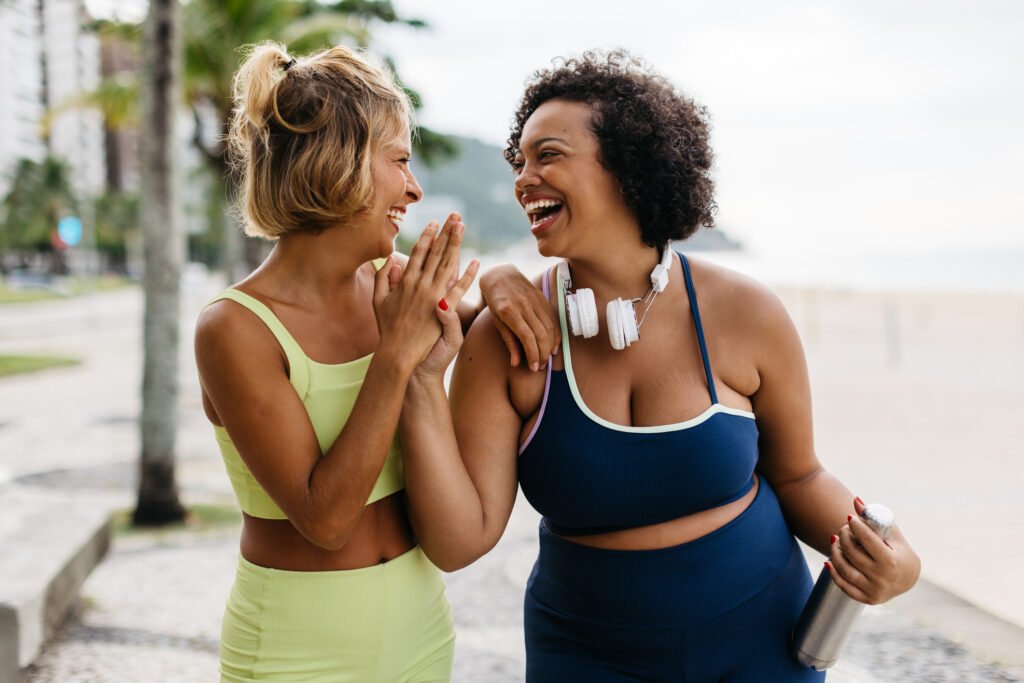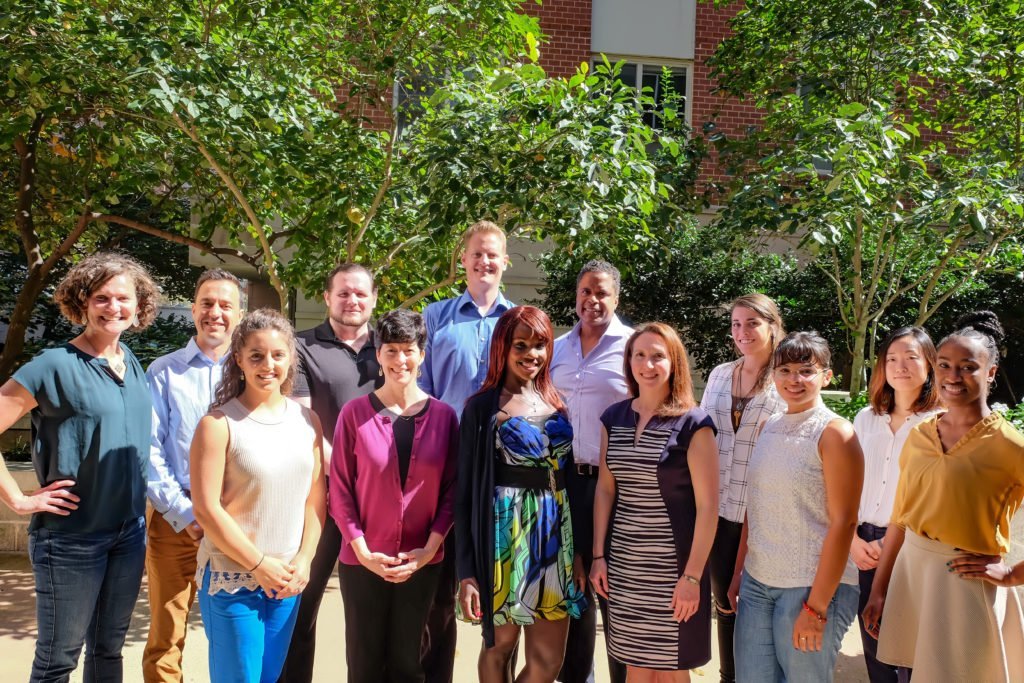Rupturing my Achilles tendon a month and a half ago was a real wake-up call. This is not just because the smallest things remind me that time is passing by at lightning speed, like realizing last week that the friend I just helped move into his apartment is now moving out — 10 years later!
Professionally, I discovered inconsistencies on the research regarding Achilles injury prevention and recovery as well as a new side effect that as a younger practitioner I did not often address but I now realize is vital.
As a student and practitioner of functional rehabilitation for the past 25 years, my goal is to help people live the healthiest lives they can. But my own injury shined some new light onto my understanding of recovery.
For one, I learned that there’s a big difference between being at home WITHOUT ANYTHING TO DO and being at home UNABLE TO DO ANYTHING.
When you are unable to do anything, you literally feel your brain turning to mush. Sitting around in a hard cast for the first two weeks post-surgery, I felt sluggish, slow in thought, unmotivated ,and lethargic. As I returned to work, the limitations in my speed and range of movement only reinforced my slow response times, resulting in frustration and hesitation. Looking back, I can only begin to understand what it must be like for people who are bedridden or suffering from limited mobility. It’s not just physically debilitating, it is also mentally and emotionally discouraging.
I used to do anything and everything I wanted to do but with injuries and surgeries and rehab, I wonder if this is what it looks like to get old, and more so, frail. And if it is, what can I do to avoid the helpless feeling that comes from growing frail?
As I said, the Achilles injury throws a bit of a monkey wrench into the rehabilitation process because unlike most common injuries, it can occur without contact or any other seemingly traumatic cause. We have seen elite athletes like Kobe Bryant, David Beckham, and Kevin Durant suffer the same injury. These athletes are younger than my “middle aged” friends. They are far better athletes. They have access to the best trainers and doctors around, and despite all of that, they still ended up going through exactly what I’m going through.
It leaves me to wonder, what else could they — or I — have been doing to prevent this injury from happening?
It turns out that without solid base of information — only a collection of successful lessons I’ve compiled from others — I will leave you with activities that are helpful for both injury and recovery. These are the four keys to a healthier metnal and physical life.
- Remain Active: Whatever you are currently doing to get physical activity, DO NOT STOP DOING IT!
- Develop Routines: Successful life habits are key to feeling mindful and greater wellness. We all know them, now lets do them:
- Eat a little less and a little healthier. Eat more green stuff, and better protein sources.
- Hydrate. One half of your body weight in ounces daily. Example: If you weigh 200lbs, then drink 100 ounces of water per day.
- Sleep More: Including naps, try to be over eight hours of sleep per day. I know this is tough.
- Meditate or at least focus on taking time to clear your brain.
- Get Deep Tissue Massages: Full body massages are best, but ask for an emphasis on the thighs, legs, and feet. Reducing scar tissue in these areas has been shown to reduce bodily injuries.
- Work on Your Balance: This is the most OVERLOOKED step. Just try to stand on one foot with your eyes closed and time yourself. Foot balance seems to be one of the common denominators in reducing traumatic lower body injuries. We expect our athletes to do this for one minute. How long can you make it? Try to increase your time little by little.










